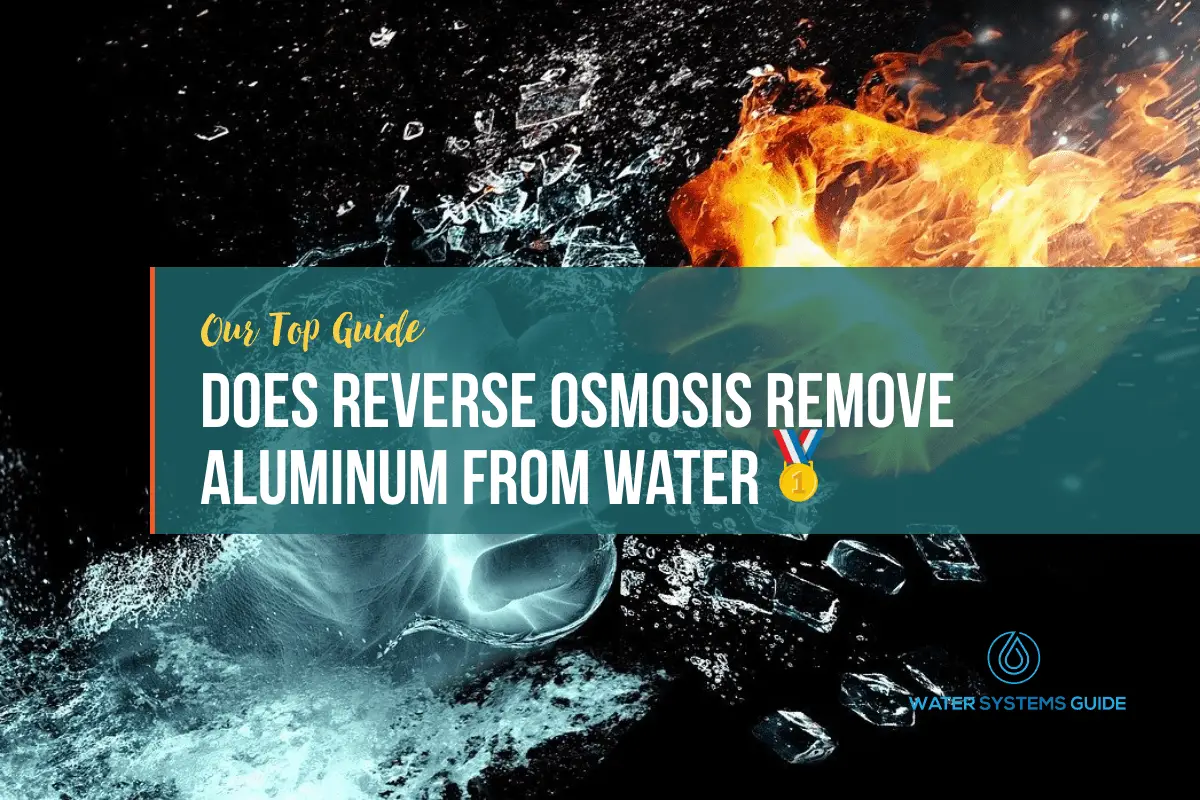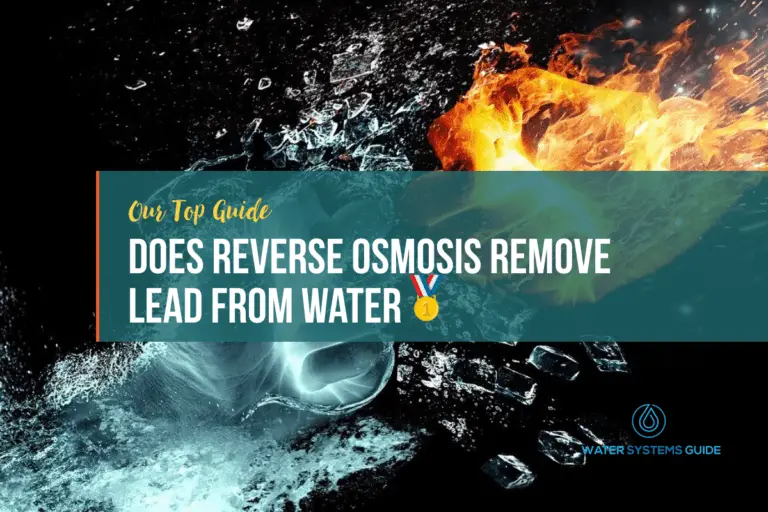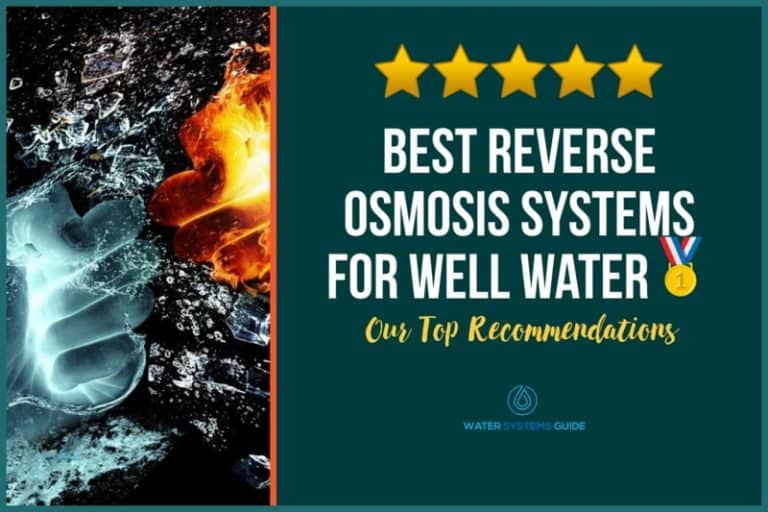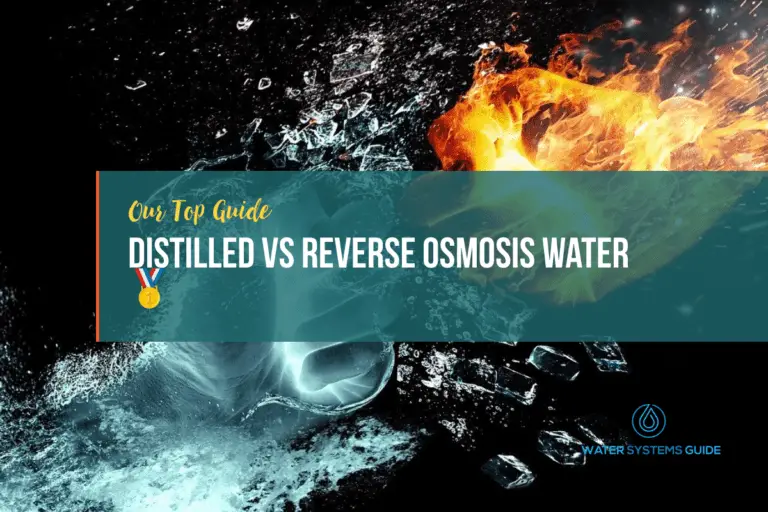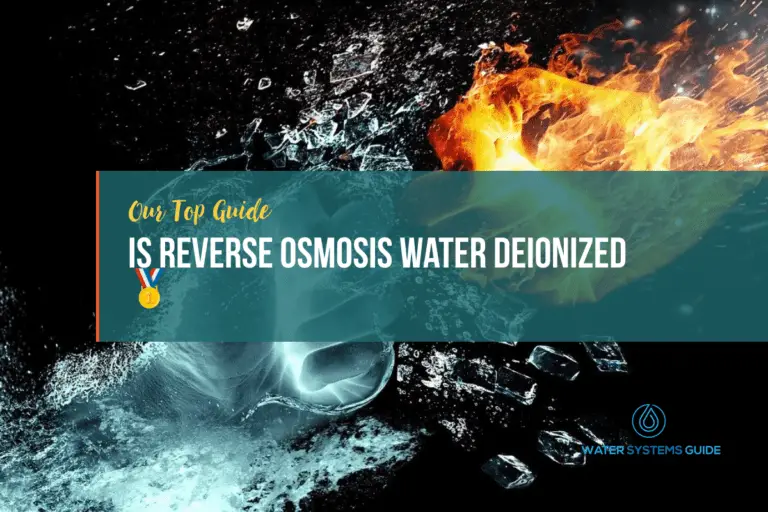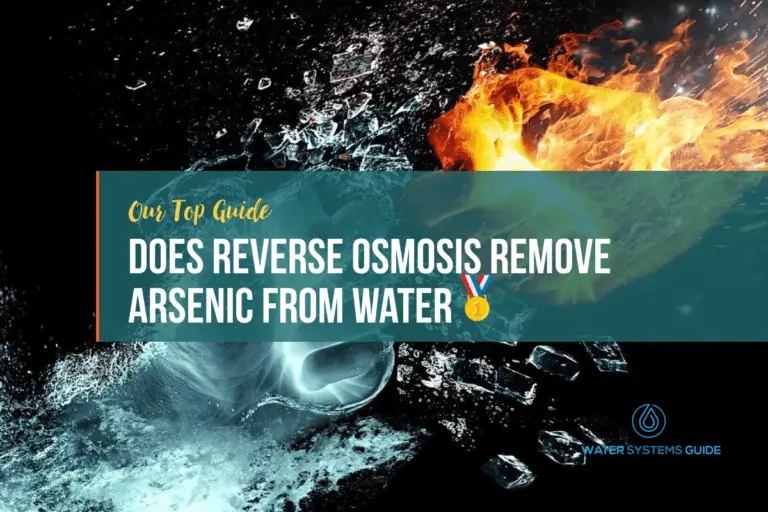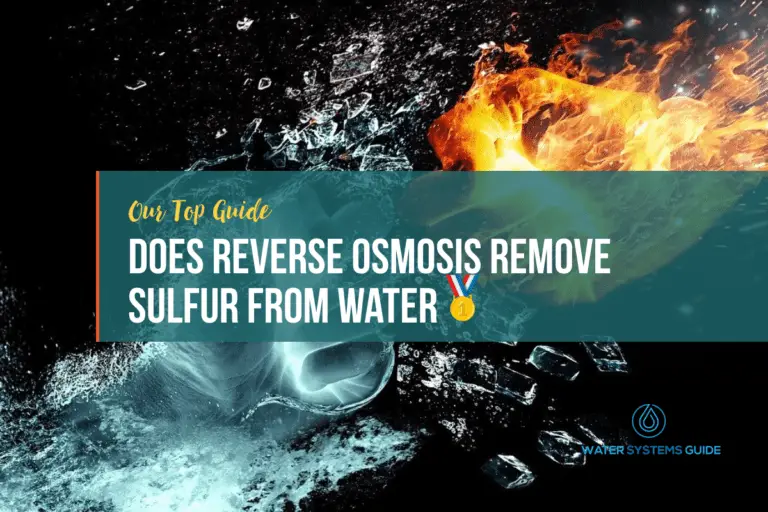Does Reverse Osmosis Remove Aluminum From Drinking Water?
What Is Aluminum?
Aluminum is a silvery-white metal that is soft, lightweight, and corrosion-resistant. It is the most abundant metal in the Earth’s crust, and it is widely used in products such as aluminum foil, cans, and kitchen utensils. Aluminum is also used in construction, aircraft manufacturing, and automobile manufacturing.
Why Is It Important To Remove Aluminum from Drinking Water?
There are many reasons to remove aluminum from drinking water. Aluminum is a metal that can be found in nature, but it is also used in a variety of man-made products.
It is known to be toxic to humans and animals, and can cause a variety of health problems. Aluminum exposure has been linked to dementia, Alzheimer’s disease, cancer, and other neurological disorders. It is also believed to be a contributing factor to the development of autism spectrum disorder. While more research needs to be done to confirm these links, it is clear that aluminum is not something that should be consumed in large quantities.
There are a number of ways to remove aluminum from drinking water, and it is important to do so if you are concerned about your health.
How Does Aluminum Get Into The Water Supply?
Aluminum is a metal that is found in nature but also in many manufactured products. It can enter the water supply through leaching from natural sources, such as rocks and soil, or from human activities, such as mining, farming, and manufacturing.
It can also enter the water supply through sewage and runoff from landfills.
What’s the Risk of Aluminum Consumption to Human Health?
There is some concern over the potential risk of aluminum consumption to human health. Aluminum is present in many common foods and products, and exposure to high levels of aluminum has been linked to a number of health problems. These problems include Alzheimer’s disease, kidney damage, and bone weakness. While more research is needed to better understand the risks associated with aluminum exposure, it is important to be cautious when consuming products that contain this metal.
If you’re at all concerned about aluminum exposure, its important to speak to your healthcare provider.
How Do I Know If My Water Is Contaminated with Aluminum?
There are a few ways to tell if your water is contaminated with aluminum. The first and most definitive way is to have it tested by a professional.
Another way is to look for signs of aluminum contamination in your water, such as a strange taste or odor. You might also notice water discoloration, which is often a sign of contamination.
If you suspect that your water is contaminated with aluminum, contact your local water authority for further testing and treatment options.
Does Reverse Osmosis Remove Aluminum?
Reverse osmosis is a filtration method that is used to remove contaminants from water. The process works by using pressure to force water molecules through a semipermeable membrane. This leaves the contaminants behind and allows clean water to pass through. RO can remove a variety of different contaminants, including aluminum. Whilst it is not harmful in small amounts, it can be dangerous if consumed in large quantities.
What Else Does Reverse Osmosis Remove?
Alternative Methods Of Aluminum Water Treatment
There are many ways to treat aluminum in water, including chemical treatment, filtration, and reverse osmosis. Some of these methods are more effective than others, and the best method may vary depending on the specific situation.
However, let’s discuss some of the alternative forms of water treatment below:
- Ion Exchange – A study in the 1980s showed that simple ion exchange was extremely effective at removing aluminum from water.
- Water softeners
- Flocculation
- Water distillation – One of the oldest forms of water purification, it is known to reduce aluminum content by up to 99%
It should be noted that according to PureAqua that RO “is considered the most effective option for reducing aluminum from drinking water, with the capacity of removing about 98% of all its content.”
Conclusion

